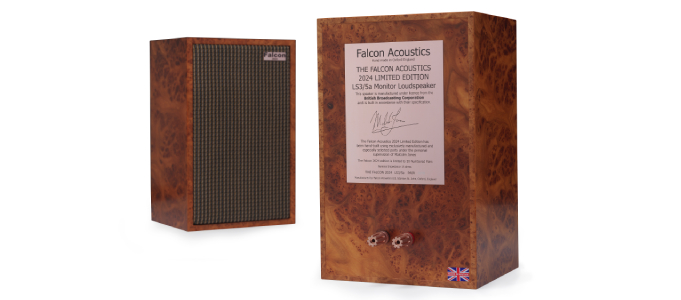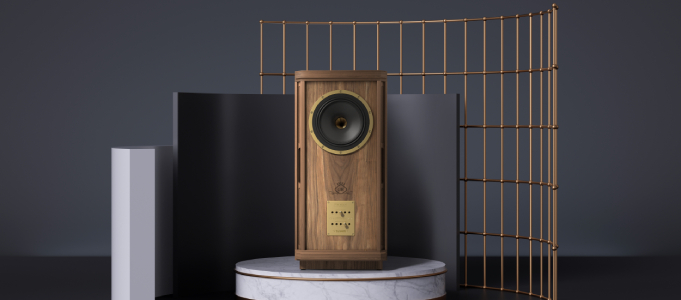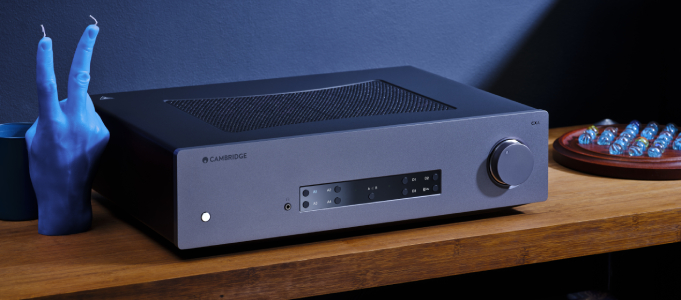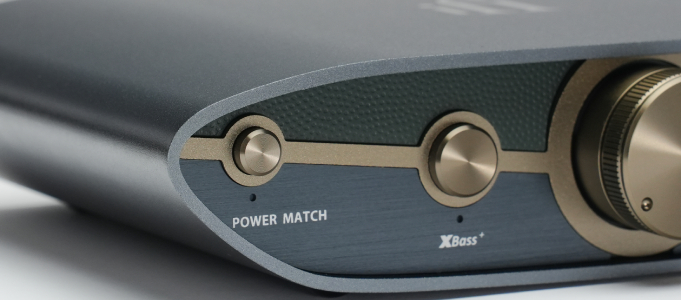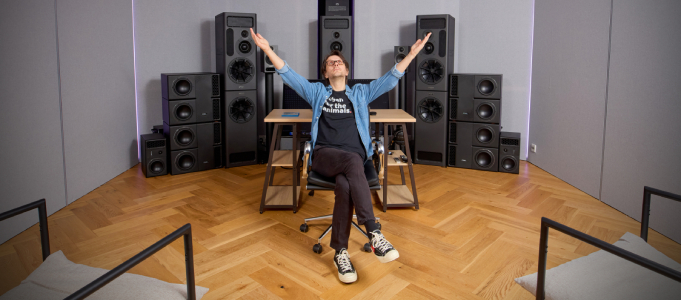Monitor Audio Silver 300 7G Review

Rafael Todes has a fine time with the seventh generation of this classic floorstanding speaker…
Monitor Audio
Silver 300 (7th Gen)
Floorstanding Speakers
£1,575

Monitor Audio was founded in 1972 by Mo Iqbal and started off by making pretty exclusive, higher-priced loudspeakers. Fifty years later, the company is still based in Rayleigh, Essex, but now focuses more on value for money-oriented designs, such as the Silver S300 you see here. Incidentally, it acquired Roksan Audio in 2016, which has added another feather to its bow – an extensive portfolio of electronics.
The company is nothing if not consistent. Monitor Audio has been running its Silver line – which sits, unsurprisingly, above the entry-level Bronze and below the premium Gold – for many years. This new Silver 300 is the seventh generation version. I remember the early incarnations, and it's an understatement to say that the quality of design, build and finish has come a very long way. Indeed, you wouldn't think this speaker is a sub-£2,000 design; such is its clean styling and fine finish.

As ever with this company, high technology is thrown at the design – you don't get a couple of old paper drive units and cloth dome tweeter for your hard-earned cash. Instead, four drivers are working in a 3-way configuration. From the top-down, the 25mm tweeter is MA's own C-Cam Gold Tweeter with a Uniform Dispersion Waveguide. The latter is said to ensure correct time alignment and better propagation of sound around the room. In addition, a compression ring above the surround and dome of the tweeter increases the sensitivity above 10kHz, the company says. This is supposed to deliver lower distortion and play louder than the previous generation.
The 76mm midrange driver is textured to the touch, with hexagonal dimples set into the cone. It is constructed with a new aluminium alloy that's said to improve tensile strength whilst still being thin and light. The magnet, too, has been upgraded from ferrite to neodymium, which is smaller and more powerful than the previous iteration. Below are twin 152mm bass drivers with the same dimpled cone design found in the midrange unit. Crossover frequencies are listed as 2.8kHz and 750Hz.

This loudspeaker is rear-ported, with bi-wiring capability. A highly effective set of four small arms extending from the speaker's base is fitted, complete with soft rubber feet for hard floors or spikes for carpet. This is an inexpensive way of decoupling the cabinet from the floor. The 1045x274x389mm, 19.3kg box is impressively sturdy for a speaker of this price and comes in a range of high-quality finishes, including Satin White, High Gloss Black, and real wood veneers in Natural Walnut, Black Oak, and Ash. If required, impressively conceived grilles attach magnetically to the front baffle.
A wide 31Hz to 35kHz frequency response is claimed for this loudspeaker, although the manufacturer doesn't specify cut-off points, making it rather less meaningful than I'd have hoped. Sensitivity is put at 87.5dB (2.83v @ 1m), which is decent if not spectacular for a largish floorstander. Nominal impedance is an amp-friendly 8 ohms, and the maximum power output is 200W RMS.
Monitor Audio says the speaker needs at least 80W RMS to drive it, which is not small beer – I used my big, chunky pair of VAC Phi 200 Watt valve monoblocks and had no problem getting a substantial sound out of the review pair. My reference system for this review also included a dCS Network Bridge streamer and Chord Electronics Dave DAC with M-Scaler, feeding a Townshend Allegri Reference Preamplifier and PS Audio PS10 power regenerator.
THE LISTENING
This new loudspeaker gives a surprisingly balanced and detailed sound considering its relatively modest price, along with impressive stereo imaging. With Solti's account of Wagner's Tannhäuser Overture, with the Chicago Symphony Orchestra recorded on the Decca label, for example, it was evident from the opening horn call that it is voiced to sound smooth, but with plenty of insight into the recording, all the same.
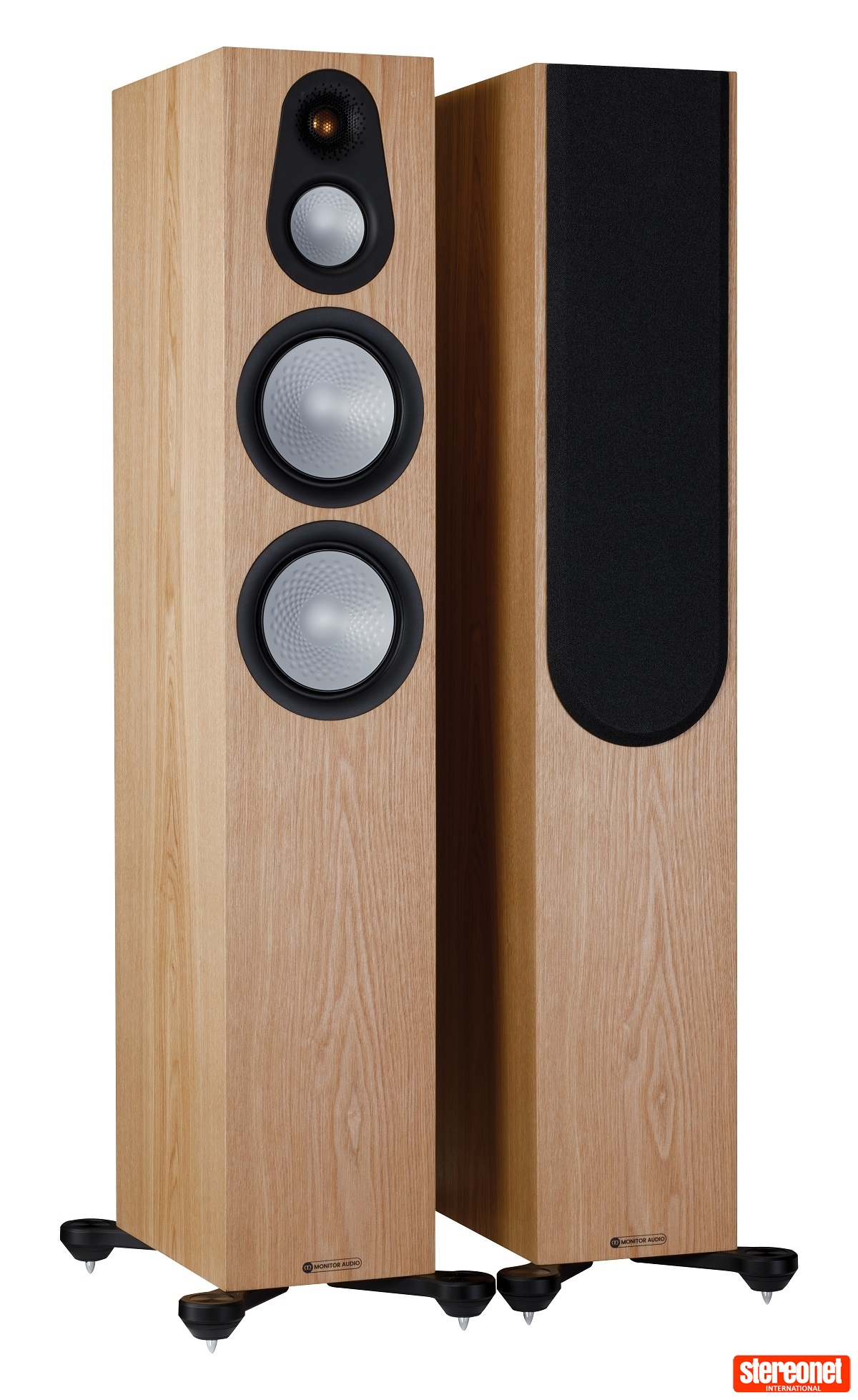
The Chord Dave and M-Scaler are one of the best combinations I know to extract every last ounce of spatial detail, and this big Monitor Audio didn't drop the ball. I heard plenty of slam in the climax of the first section, the Silver 300 keeping its composure even when the score became really demanding. Unfortunately, a touch of warmth is missing from the midrange, meaning that violins lose some body that I am used to hearing from my reference B&W 802 D3s, although the latter costs nearly twelve times the price, to be fair!
This speaker sounds best when it's really being extended. It's nice enough at low volumes, but it wakes up and parties when you pump power in. Things move from giving a subtle sense of being closed in, to sounding big, confident and assertive as the amplifier volume knob turns clockwise. It's a little more apparent than with some more sensitive speakers, but Monitor Audio clarifies that amps with real guts are needed.
The more you push the listening level up, the more this speaker magically reveals detail in recordings that you wouldn't expect at the price. This tallies with the Silver 300's general character - tight, taut, detailed, spry and dry. The Silver series has come a long way since its early models, which were more on the warm, woolly and opaque side. I guess five intermediate generations is a lot of time and voicing opportunities to get something right!
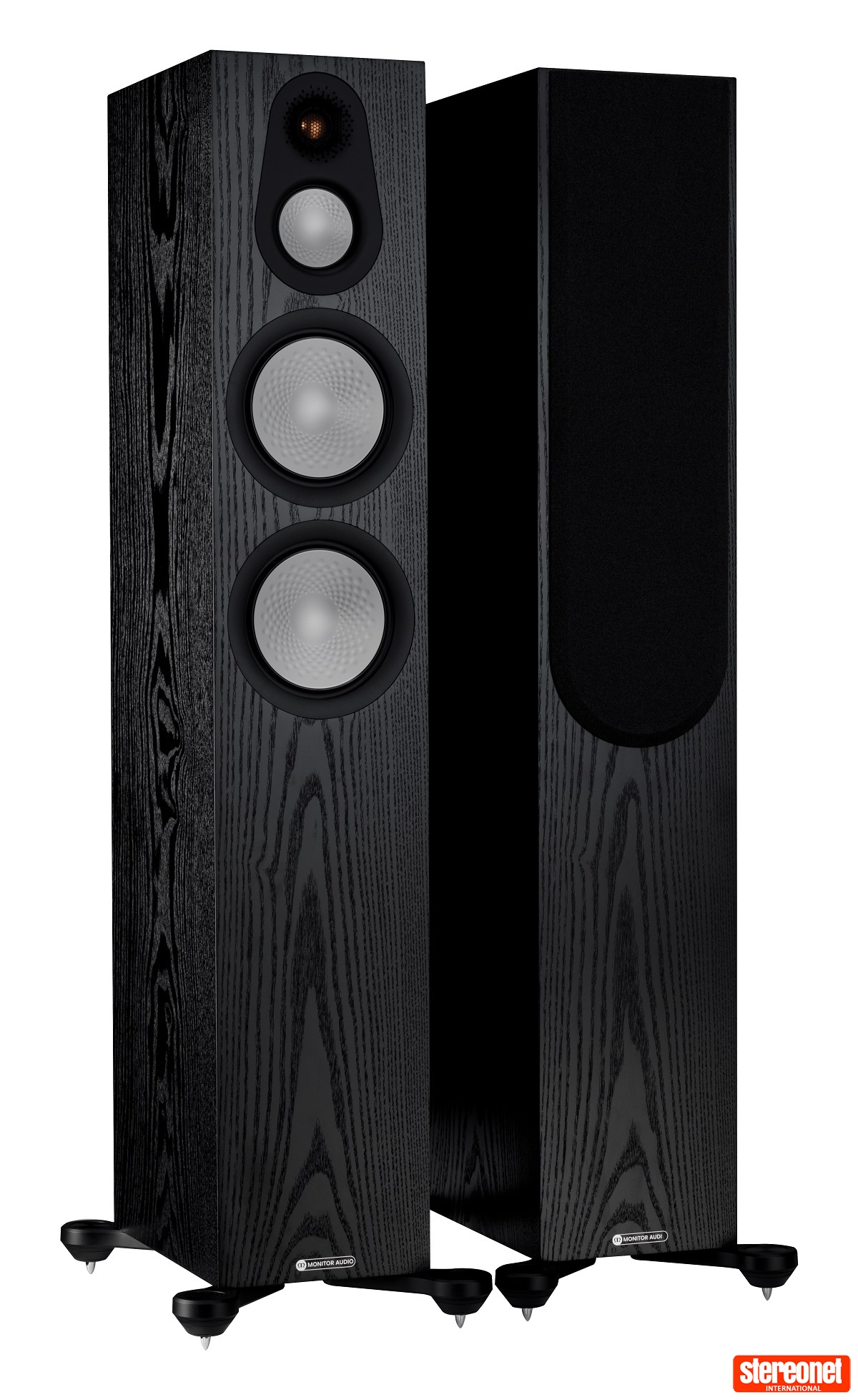
Another impressive aspect of its performance is its handling of scale. The weird Ionisation by Edgar Varese is a virtuoso conversation in percussion. A massive array of percussive sounds are laid out for the listener, and it's highly revealing in terms of what a loudspeaker can and can't do. First of all, the Silver 300 captured a great deal of the excitement of the piece and its visceral nature. The snare drum didn't quite sound as I have heard it before; there's a little less top end, less of the metallic snare that gives it its character. The bass drum lacked a little presence, which is expected from speakers of this size, but the soundscape of the instruments was excellent, as was the dynamism of the playing. The textures of the different instruments were kept accurately in their boxes, with no smearing. Timing was impeccable, too, for a speaker of this price.
With some programme material, such as baroque music, the Silver 300 begins to show that it's a mere mortal and not a giant killer. For example, on the fantastic Decca recording of Purcell's Dido and Aeneas, the final scene “when I am laid” is beautifully sung by Catherine Bott, with the Academy of Ancient Music. As you might expect, her voice lacked the crystalline texture that I heard via my Quad electrostatics, for instance. With the latter, I could almost reach out and touch the sound, but it seemed a touch more mechanical via the Monitor Audio. It still sounded great but lacked that jaw-dropping transparency. The orchestra was beautifully laid out around the singer and packed a huge emotional punch, but it still gave away its more humble roots – perfectly justifiably, in my view.

Despite its tall cabinet and twin woofers – not always a sure-fire guarantee of bottom end perfection – the Silver 300 has really decent bass. For example, Kind of Blue by Miles Davis starts with piano and double bass pizzicati, sometimes in unison with the piano, before the double bass 'asks the question'. The Silver 300 handled this well heading down deep but not stygian; I'd say it was impressive for the cabinet size and tuneful too. Further up, the trumpet sounded lovely, even if it did lack a bit of the magic that the best speakers would bring to the party. There was also a fine sense of space around Miles Davis, the Silver 300 punching way above its weight in this respect.
Checking out the latest remaster of The Beatles Abbey Road, Come Together confirmed this speaker's limitations. For instance, the bass drum didn't quite have the clarity of attack that I'd heard before, and the snare was a little dull. Lennon's voice was very good but, together with the guitar, lacked a bit of top-end sparkle. Funnily, this classic rock track seems to shine more light on the faults of these speakers than classical. It's usually the other way around in my experience – most of the time. The Silver 300's handling of rhythm was again excellent, delivering a toe-tapping experience.
THE VERDICT
 I am not the most easy-going of listeners as far as loudspeakers are concerned. I have access to many superb high-end designs, know what I like, and am a bit fussy. Yet this new Monitor Audio impressed me; it's an extremely mature, well-thought-out and well-executed package. Tonally accurate, rhythmically engaging, dynamically powerful – providing you have the necessary amplifier firepower – and spatially true, the Silver 300 does an awful lot right at the money. Last and perhaps least, it looks great. Well worth an audition then, as it's highly recommended.
I am not the most easy-going of listeners as far as loudspeakers are concerned. I have access to many superb high-end designs, know what I like, and am a bit fussy. Yet this new Monitor Audio impressed me; it's an extremely mature, well-thought-out and well-executed package. Tonally accurate, rhythmically engaging, dynamically powerful – providing you have the necessary amplifier firepower – and spatially true, the Silver 300 does an awful lot right at the money. Last and perhaps least, it looks great. Well worth an audition then, as it's highly recommended.
Visit Monitor Audio for more information
- Monitor Audio Group

Distributor
Rafael Todes
Gifted violinist Rafael is one quarter of the Allegri String Quartet, playing second fiddle. Once a member of the CBSO under Sir Simon Rattle, he now teaches at London’s Junior Royal Academy. A long-time audiophile, he’s still on a quest for the perfect sound.
Posted in:Hi-Fi Loudspeakers Floor Standing Applause Awards 2022
Tags: monitor audio monitor audio group
JOIN IN THE DISCUSSION
Want to share your opinion or get advice from other enthusiasts? Then head into the Message Forums where thousands of other enthusiasts are communicating on a daily basis.
CLICK HERE FOR FREE MEMBERSHIP








